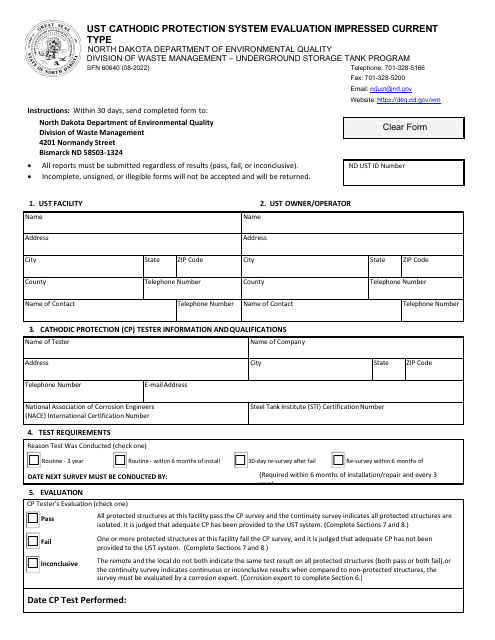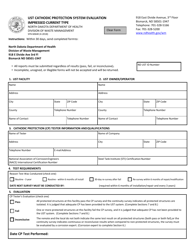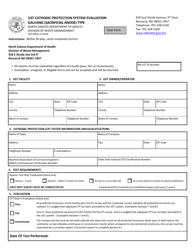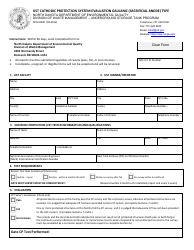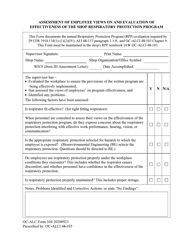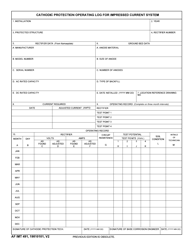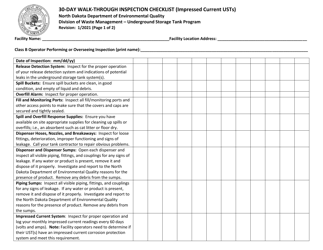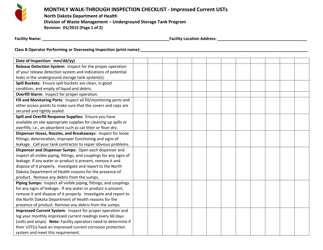Form SFN60640 Ust Cathodic Protection System Evaluation Impressed Current Type - North Dakota
What Is Form SFN60640?
This is a legal form that was released by the North Dakota Department of Environmental Quality - a government authority operating within North Dakota. As of today, no separate filing guidelines for the form are provided by the issuing department.
FAQ
Q: What is Form SFN60640 Ust Cathodic Protection System Evaluation Impressed Current Type?
A: Form SFN60640 Ust Cathodic Protection System Evaluation Impressed Current Type is a document used in North Dakota to evaluate underground storage tank (UST) cathodic protection systems of the impressed current type.
Q: What is cathodic protection?
A: Cathodic protection is a technique used to control the corrosion of a metal surface by making it the cathode of an electrochemical cell.
Q: What is an impressed current type cathodic protection system?
A: An impressed current type cathodic protection system is a type of cathodic protection system that uses an external power source, such as a rectifier, to generate the protective current.
Q: Why is cathodic protection important for underground storage tanks?
A: Cathodic protection is important for underground storage tanks to prevent corrosion and extend the lifespan of the tanks.
Q: What is the purpose of Form SFN60640?
A: The purpose of Form SFN60640 is to evaluate the effectiveness of the cathodic protection system for underground storage tanks.
Q: Who uses Form SFN60640?
A: Form SFN60640 is used by individuals or companies responsible for maintaining and evaluating underground storage tanks in North Dakota.
Q: Are there any specific requirements for cathodic protection systems in North Dakota?
A: Yes, North Dakota has specific requirements for cathodic protection systems, and Form SFN60640 helps ensure compliance with these requirements.
Q: Is Form SFN60640 only for impressed current type cathodic protection systems?
A: Yes, Form SFN60640 is specifically for evaluating impressed current type cathodic protection systems.
Form Details:
- Released on August 1, 2022;
- The latest edition provided by the North Dakota Department of Environmental Quality;
- Easy to use and ready to print;
- Quick to customize;
- Compatible with most PDF-viewing applications;
- Fill out the form in our online filing application.
Download a fillable version of Form SFN60640 by clicking the link below or browse more documents and templates provided by the North Dakota Department of Environmental Quality.
